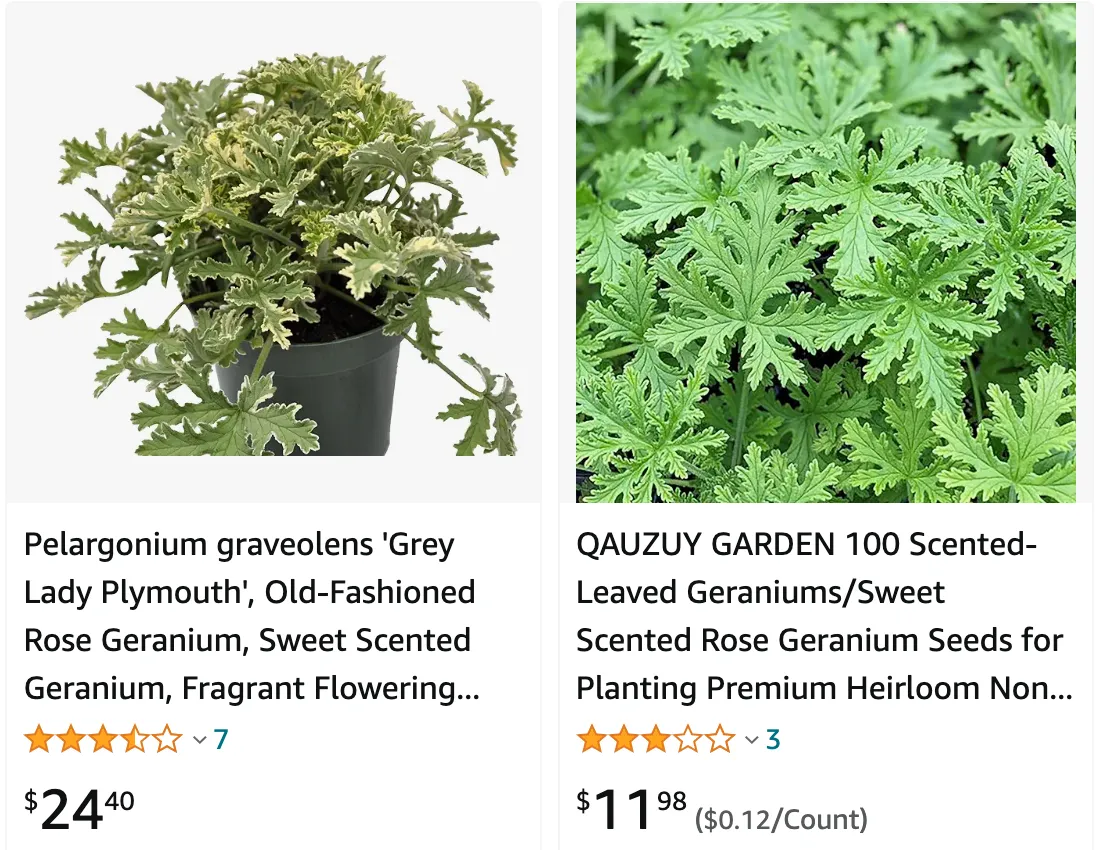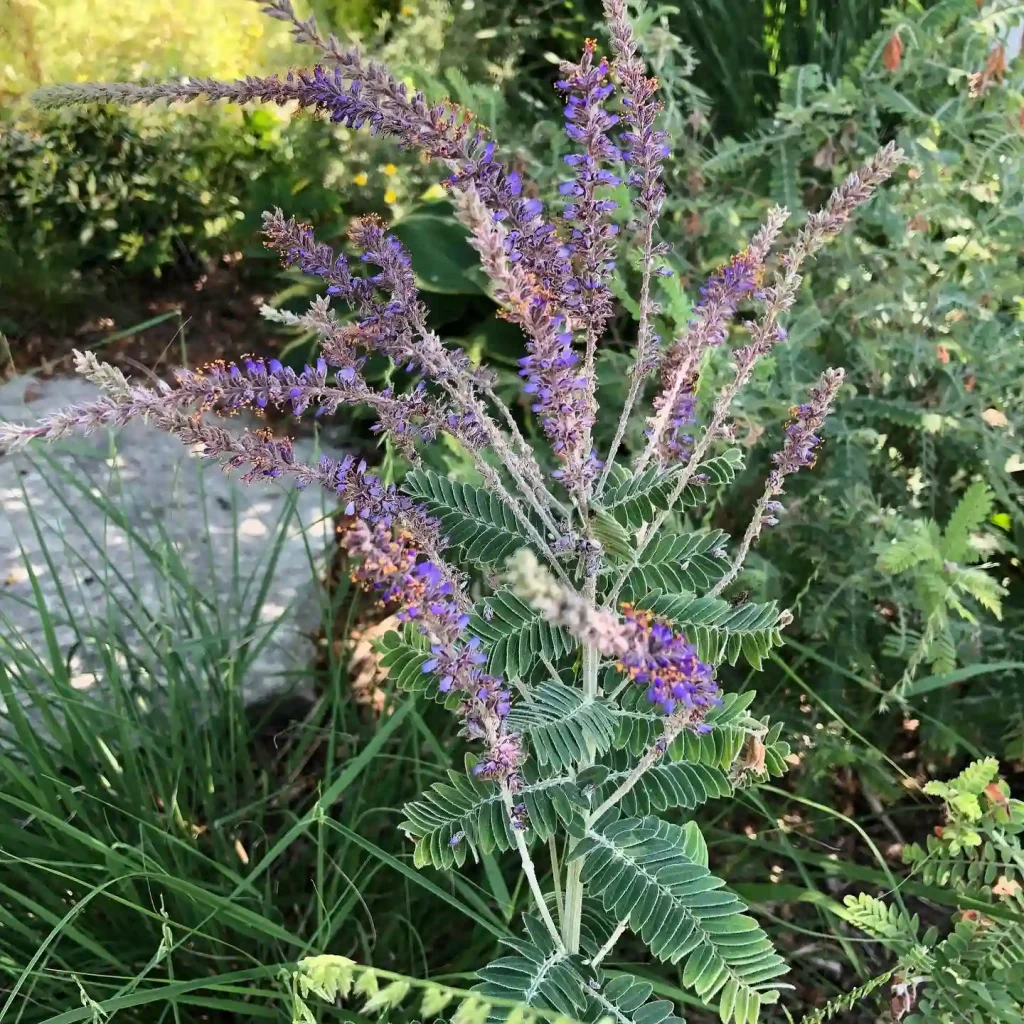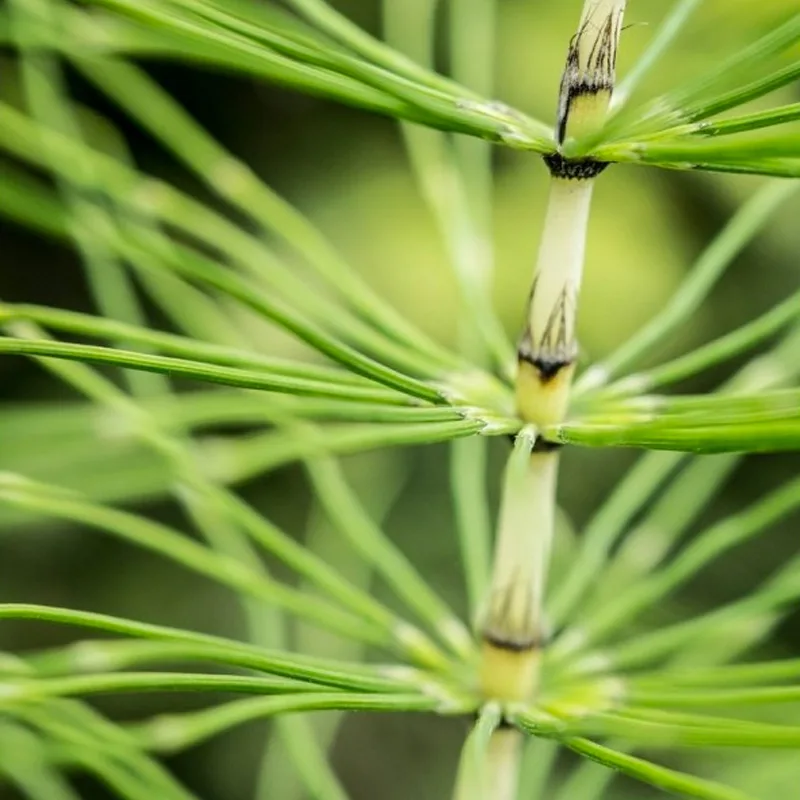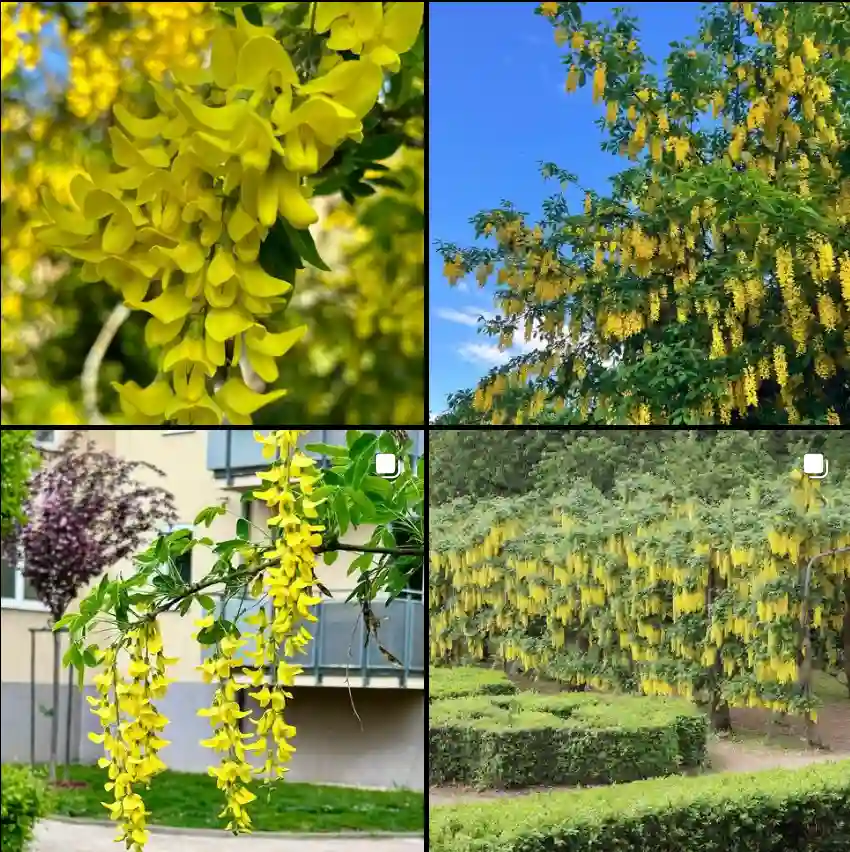
The Sweetly Scented Secret: My Adventures with Pelargonium Graveolens
As someone who loves incorporating fragrant plants into my garden, I was immediately drawn to Pelargonium graveolens. This delightful shrub, with its soft, velvety leaves and delicate rose-scented blooms, has become a cherished part of my outdoor space. But beyond its beauty, Pelargonium graveolens offers a surprising amount of versatility. Let me share my experiences with this captivating plant and unravel its secrets!
287 Species in Genus Pelargonium
What is Pelargonium graveolens?
Pelargonium graveolens, also known as the Sweet Scented Geranium, is a native South African shrub belonging to the Geraniaceae family. This charming plant can reach up to 1.5 meters in height and boasts deeply lobed leaves covered in soft, fragrant hairs. These hairs are the magic behind the plant’s delightful aroma, releasing a refreshing rose-like scent when brushed against. The delicate flowers, ranging from pale pink to white, appear in clusters throughout the summer and early winter months, adding a touch of elegance to the garden.
Pelargonium Graveolens vs Pelargonium Roseum
I found Pelargonium Graveolens to have a more robust, citronella-like aroma compared to Pelargonium Roseum’s lighter, rose-scented fragrance, which I found less pronounced but quite pleasant in smaller doses.
Pelargonium Graveolens vs Pelargonium x Asperum
Pelargonium x Asperum has a more intense and complex scent, which I enjoyed initially, but I preferred the softer, more subtle notes of Pelargonium Graveolens for everyday use.
Pelargonium Graveolens vs Geranium Robertian
Geranium Robertianum had a more earthy and slightly peppery smell, which wasn’t as refreshing as the clean, lemony fragrance of Pelargonium Graveolens that I liked for its uplifting quality.
Pelargonium Graveolens vs Pelargonium Capitatum
Pelargonium Capitatum had a richer, more herbaceous aroma, which was interesting, but I appreciated Pelargonium Graveolens for its crisp and clean scent that seemed to work better in my garden.
Pelargonium Graveolens vs Pelargonium Odoratissimum
Pelargonium Odoratissimum’s strong, spicy scent was a bit overwhelming for my taste, while Pelargonium Graveolens offered a more balanced, pleasant fragrance that I found more versatile.
Pelargonium Graveolens vs Rosela
Rosela’s distinct floral notes were lovely, but I preferred the more straightforward, citrusy fragrance of Pelargonium Graveolens, which felt more refreshing and less complicated to me.
What is Pelargonium graveolens flower oil?
The fragrant leaves of Pelargonium graveolens hold a hidden treasure: essential flower oil. This oil, extracted through steam distillation, captures the essence of the plant’s rose-like aroma. Prized for its therapeutic properties, Pelargonium graveolens flower oil boasts a range of potential benefits. It’s known for its calming and uplifting properties, making it a popular choice in aromatherapy to reduce stress and anxiety. Additionally, the oil possesses antiseptic and anti-inflammatory qualities, making it a potential aid for minor skin irritations. However, it’s crucial to remember that essential oils are potent and should always be diluted before use. Consulting a healthcare professional before using Pelargonium graveolens flower oil is essential, especially for pregnant or breastfeeding women.
How to propagate Pelargonium graveolens?
The beauty of Pelargonium graveolens is easily shared! Fortunately, this plant can be propagated through stem cuttings, allowing you to expand your fragrant collection or gift a piece of your garden to loved ones. Here’s how I successfully propagate Pelargonium graveolens:
- Gather your tools: You’ll need sharp pruning shears, a pot with drainage holes, well-draining potting mix, and a rooting hormone (optional).
- Select a healthy stem: Choose a non-flowering stem that’s at least 4-6 inches long and has a few nodes (the bumps where leaves emerge).
- Make the cutting: Using your sharp shears, make a clean cut just below a node at a 45-degree angle. Remove any lower leaves from the cutting.
- Encourage root growth: Dip the cut end of the stem in rooting hormone (optional), then plant it in your pot filled with moist potting mix.
- Create a nurturing environment: Place the pot in a location with bright, indirect sunlight and keep the soil consistently moist but not soggy.
- Patience is key: Rooting can take several weeks. Be patient and maintain consistent moisture levels.
- Celebrate new growth: Once new leaves and growth appear, your Pelargonium graveolens cutting has successfully rooted! You can now gradually introduce it to more direct sunlight and care for it like a mature plant.
Is Pelargonium graveolens Perennial?
Whether Pelargonium graveolens thrives year-round depends on your climate. In warmer regions with frost-free winters, it can act as a perennial, returning year after year. However, in colder climates, it’s typically treated as an annual. To increase your chances of enjoying your Pelargonium graveolens throughout winter in colder areas, you can bring it indoors before the first frost. Provide it with bright, indirect sunlight and consistent watering during the colder months.
Is Pelargonium graveolens the same as Rose Geranium?
Pelargonium graveolens is often confused with the common Rose Geranium (Pelargonium zonale). While both share the Geranium name and possess fragrant leaves, they have some key differences. Rose Geranium leaves are typically more rounded and zoned (marked with a dark horseshoe pattern) compared to the deeply lobed leaves of Pelargonium graveolens. Additionally, the rose scent of Rose Geranium is often stronger and slightly more mentholated than the sweeter, rose-like aroma of Pelargonium graveolens.
If i die, water my plants!



